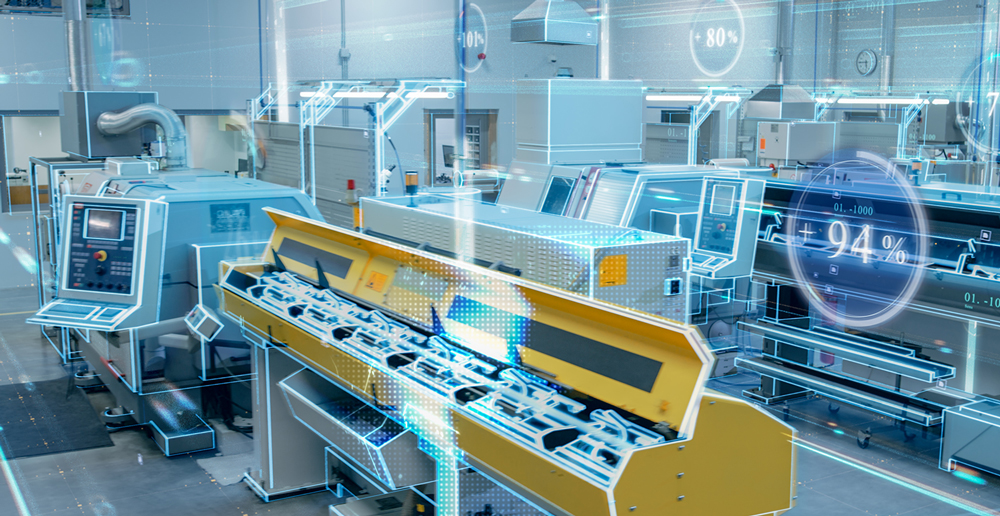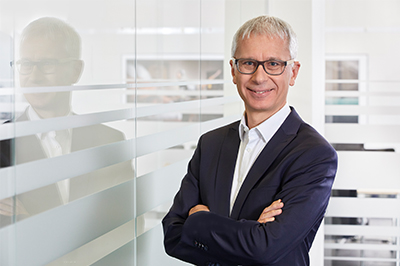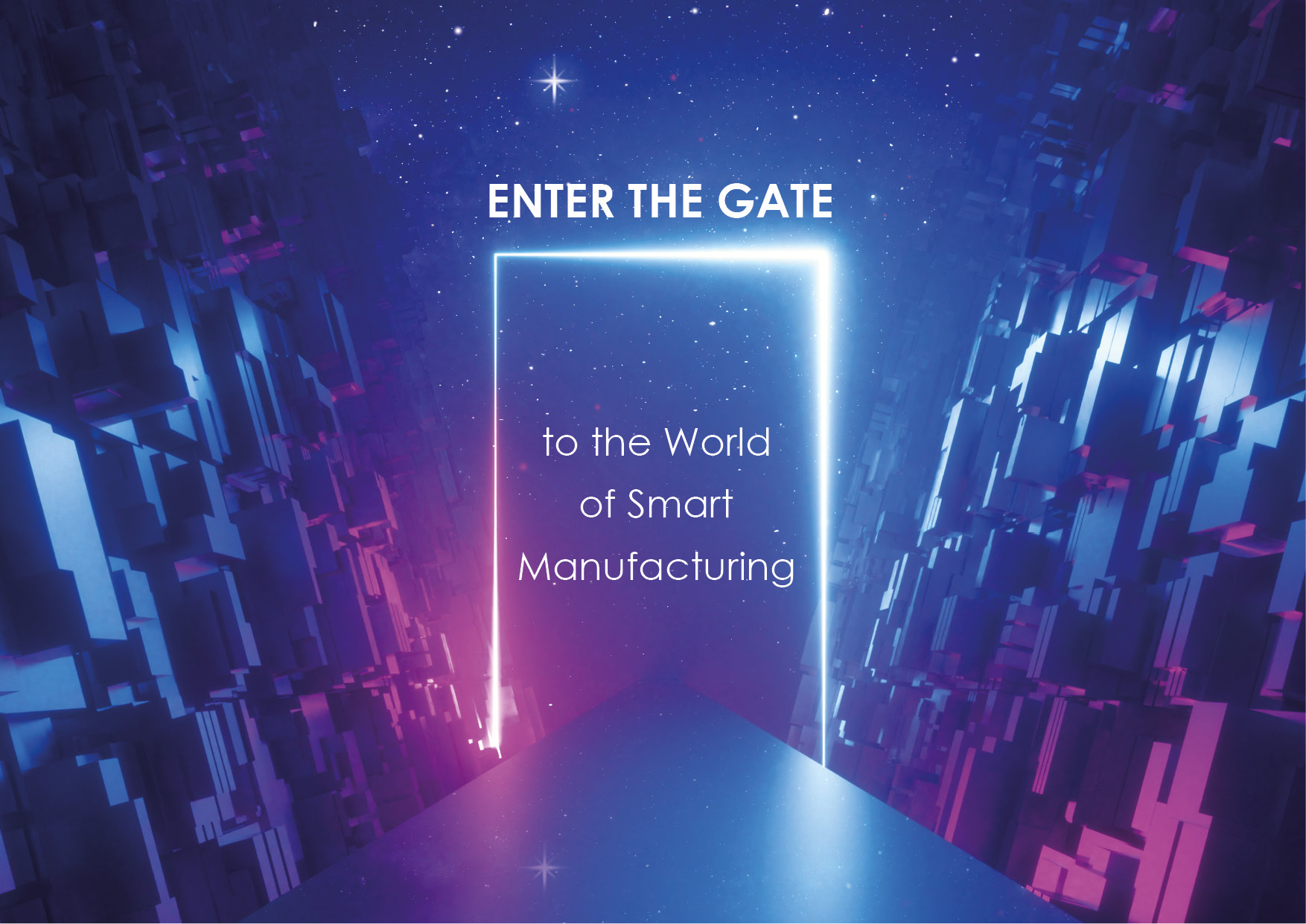From production landscape to smart factory

Learn how manufacturing companies can shape the path to the smart factory. Bernhard Falkner (CTO Industrie Informatik GmbH) provides insights into the first steps towards optimization, integration options and the impressive potential in figures. From clear objectives to step-by-step implementation – a talk about the path to digitized production.
Benefit from experience, individual consulting and proven software modules. Increase machine utilization and productivity with MES projects and discover how the changeover can lead to impressive results.
Mr. Falkner, how can I turn my production flow into a smart factory? What initial steps can companies take to obtain tangible improvements?
Falkner: Defining clear goals and considering how many resources you want to and can use as a company is important basic work before such a digitization project. This is because these framework specifications influence the speed of implementation and the steps that will be taken afterwards. Our recommendation is quite clear: If necessary, it is better to start small and proceed step by step. In this way, you can achieve success more quickly. If you start, for example, with classic modules such as store floor data collection and machine data collection, the optimization potential quickly becomes apparent. For example, it is already possible to visualize a machine park for the first time. This facilitates the work of foremen, helps machine operators with their tasks and at the same time creates greater transparency of the order flow. There is still some way to go before we have a fully comprehensive smart factory, but the first steps have been taken.

When the customer makes an update, we make sure that all the original functionalities are maintained and that he can fully benefit from the customizations and novelties.
What would be the logical next steps?
A logical step after the introduction of store floor data collection would be the realization of detailed planning & APS. The digital planning board optimizes the planning and execution of production processes and has an impact on set-up times of machines, throughput times of orders, optimal capacity utilization, and much more. All in all, it results in a better utilization of the company’s own resources. We offer a standard software solution with a clear release concept. It is important to us that the customer can develop continuously. When he makes an update, we make sure that all the original functionalities are retained and that he can benefit fully from the adaptations and innovations. Speed in the development of a Smart Factory is also a decisive factor: With our Solution Store, we offer our customers the option of prefabricated and proven software modules that can be easily downloaded and quickly deployed in their own operations.
The speeds mentioned, but also the strategies and manufacturing concepts of the companies are very different. To leverage these specific potentials, you also advise your customers individually.
Yes, that is why we are not only a software manufacturer, but also an implementation partner for our customers with approximately the same weighting. Already the implementation phase can decide about the success or failure of a software project! In the individual consultation we can bring out the individual customer strengths and use the modules for the user profitably. By means of step-by-step modular expansion, a production landscape thus gradually develops into a Smart Factory – ideally matched to the respective company’s speed.
What options are there for companies that have already made progress in their digitization efforts to integrate Industrie Informatik applications? What might an integration process look like?
The integration itself takes place by means of classic connector interface technologies. However, if closer and more timely communication is required, it is possible to pass on event-oriented information between the systems in real time based on the cronetwork gateway. We are open in all directions, i.e. we provide information from cronetwork and on the other hand we can integrate information from other systems into cronetwork. Using PIDO technology, we not only access data within our system, but also external databases if required. We integrate these and, if desired, can display them in such a way that the user no longer sees any difference between internal and external data in daily operations. In the sense of the best-of-breed approach, we can fall back on selected partner products if necessary and integrate them seamlessly into cronetwork MES and the already existing software landscape.
We hear from our customers that they are increasing machine utilization rates by up to 8% and productivity increases of up to 12% per year are possible.
What costs and resource savings can I expect from a changeover?
An MES (Manufacturing Execution System) project typically has a strong impact on optimized machine utilization. According to the VDI (Association of German Engineers), work-in-process inventories can be reduced by about 25%. We hear from our customers that they can increase the utilization rate of machines by up to 8% and productivity increases of up to 12% per year are possible. The impact on on-time delivery to customers is also significant, with an increase from 92% to up to 97%. Remarkable potential, then, considering that, according to the Pareto principle, it is most difficult to achieve increases in the upper percentage ranges. The ROI, i.e. the time it takes for the project costs to be recouped, naturally varies depending on the customer. One of our users who has rolled out cronetwork in several plants reports today – depending on the size of the plant – a payback period of 0.7 to 1.6 years.



